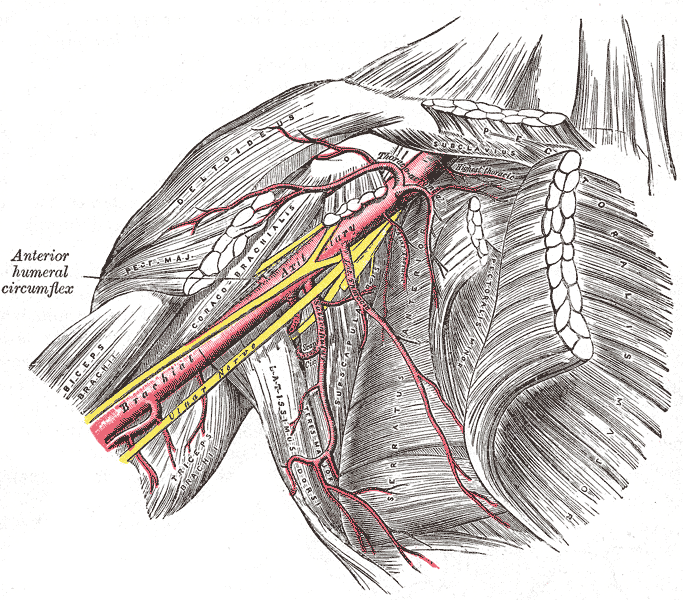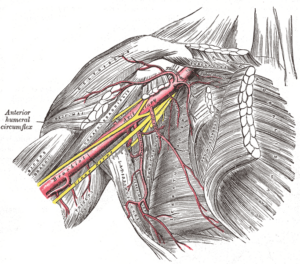
Baseball Training: Are Shoulder Dislocates Appropriate?
I received the following email the other day, and thought my response would make for a good Q&A here:
Q: I recently heard a national level gymnastics coach speak on how he believed shoulder dislocates with a dowel rod (working up to weighted dislocates) are a panacea for shoulder health and strength. I was wondering if you use them with your clients/players, and why or why not?
A: Thanks for your question. In short, the answer would be NO, I would never do shoulder dislocates with a throwing athlete. I discussed why in a previous video that goes into great detail, so rather than reinvent the wheel, here it is! Effectively, shoulder dislocates replicate some of the movements that I outline as problems here.
As a general rule of thumb, as a thrower, it’s always better to be too tight than it is to be too loose. WIth that in mind, you always need to ask why you’re stretching an area out. If the front of the shoulder feels “tight,” it may be from a number of different causes:
1. Protective tension of the biceps tendon (secondary to rotator cuff weakness) – just stretching it out would remove what little anterior stability remains.
2. An injury to the anterior capsule, latissimus dorsi (humeral attachment point), subscapularis, supraspinatus, or biceps tendon – just stretching these areas out will likely exacerbate the injury.
3. Irritate of the nerves that run anterior to the humeral head – nerves don’t like to be stretched.

4. True muscular shortness of pectoralis major or another structure – Effectively, in doing shoulder dislocates, you’re throwing all your eggs in this basket.
The only problem? Most throwers already have an insane amount of horizontal abduction and external rotation range-of-motion on their throwing shoulders. They aren’t even close to having legitimate tissue shortness that would benefit from stretching. This is something we work hard to drill home in our Elite Baseball Mentorships as one of the most important takeaways from the events.
Now, if we’re talking about a regular ol’ desk jockey who doesn’t throw a baseball (or other sporting implement), play tennis, or swim, then dislocates might have some merit. These individuals likely have some muscle/tendon stiffness that can be stretched out before they get to a point where they might crank on their joint capsule or nerves. I would never use it as a “blanket” recommendation for everyone, though. The only way to know is assess the individual and then plan accordingly.




